Trihexyphenidyl is an anticholinergic medication primarily used to manage symptoms of Parkinson’s disease and certain types of movement disorders. Here’s a brief overview:
Uses:
- Parkinson’s Disease: Helps control tremors, rigidity, and excessive salivation.
- Drug-Induced Extrapyramidal Symptoms: Treats side effects from antipsychotic medications, such as dystonia and akathisia.
Mechanism of Action:
It blocks acetylcholine receptors in the central nervous system, restoring the balance between dopamine and acetylcholine, which is often disrupted in Parkinson’s disease.
Dosage:
- Typically starts at a low dose (1–2 mg daily) and is gradually increased based on response and tolerance.
- The maximum dose is usually around 6–10 mg per day, divided into multiple doses.
Side Effects:
- Common: Dry mouth, Blurred vision, Constipation, Dizziness, Urinary retention.
- Serious: Confusion, Hallucinations, Memory problems and Increased risk of falls (especially in the elderly).
Precautions
- Use with caution in elderly patients due to increased sensitivity to anticholinergic effects.
- Avoid in patients with glaucoma, urinary retention, or gastrointestinal obstruction.
- May worsen symptoms of dementia or cognitive impairment.
Interactions
- Can interact with other anticholinergic drugs, increasing the risk of side effects.
- May reduce the effectiveness of medications like donepezil or rivastigmine (used for Alzheimer’s disease).
Important Notes
- Do not stop using this medication suddenly, as it may cause withdrawal symptoms.
- Regular monitoring is required to assess effectiveness and side effects.
Always consult a healthcare provider for personalized advice and dosing.









